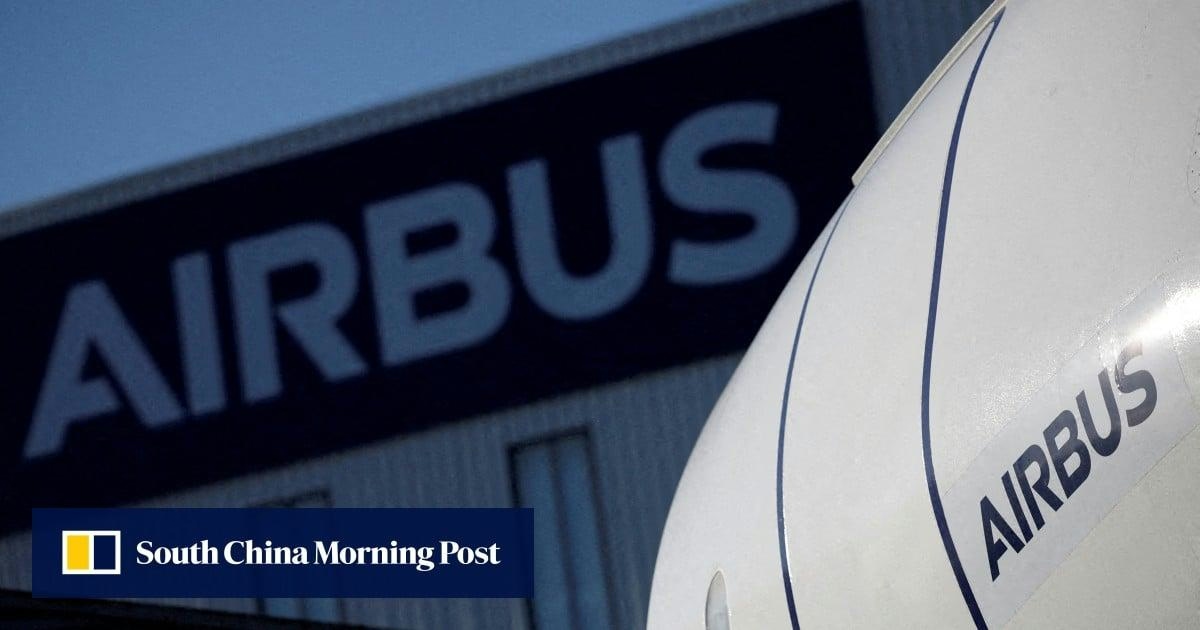
Smarter email, faster business. Auto-tag, parse, and respond to RFQs, quotes, orders, and more — instantly.
Trending
Hindustan Aeronautics Limited Expands into Civil MRO Services
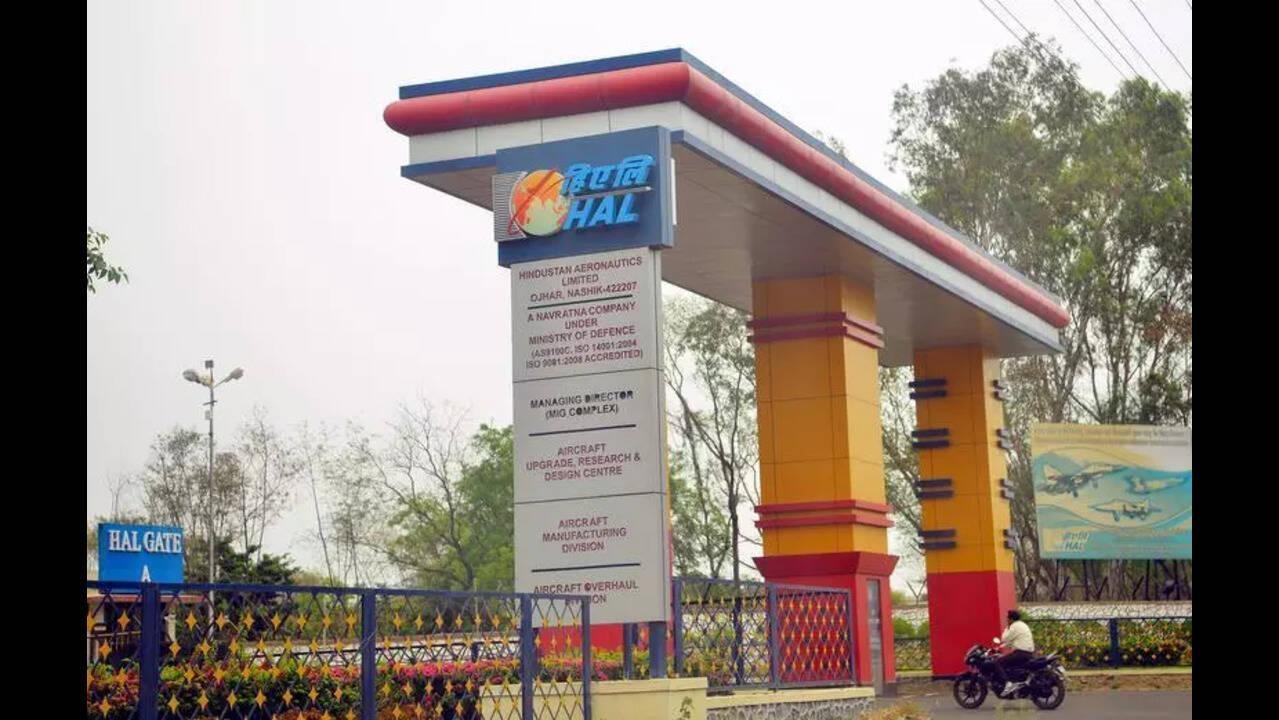
Hindustan Aeronautics Limited Expands into Civil MRO Services
Hindustan Aeronautics Limited (HAL), a prominent player in the aerospace and defense sector, is making a strategic move to broaden its operations by entering the civil Maintenance, Repair, and Overhaul (MRO) market. This expansion marks a significant diversification from its traditional focus on military aircraft and defense equipment, positioning HAL to capitalize on the growing demand for civil aviation support services.
Strategic Expansion into Civil Aviation
The decision to venture into civil MRO services aligns with the increasing need for comprehensive maintenance solutions within the commercial aviation industry. HAL aims to leverage its extensive technical expertise and infrastructure to provide high-quality maintenance and repair services for civil aircraft. This initiative is expected to enhance the company’s revenue streams while contributing to the development of India’s civil aviation sector.
Enhancing Capabilities and Infrastructure
To support this expansion, HAL is investing in upgrading its existing facilities and acquiring new technologies tailored to civil aviation requirements. The company is also focusing on workforce training to ensure that its personnel are equipped with the necessary skills to meet international standards in civil aircraft maintenance. These efforts underscore HAL’s commitment to establishing itself as a reliable service provider in the competitive MRO market.
Market Implications and Future Prospects
HAL’s entry into the civil MRO domain is anticipated to have a considerable impact on the domestic aviation industry by reducing dependence on foreign service providers and fostering self-reliance. As the global aviation sector recovers and grows, the demand for efficient and cost-effective MRO services is expected to rise, presenting HAL with substantial opportunities for growth and collaboration with both domestic and international airlines.
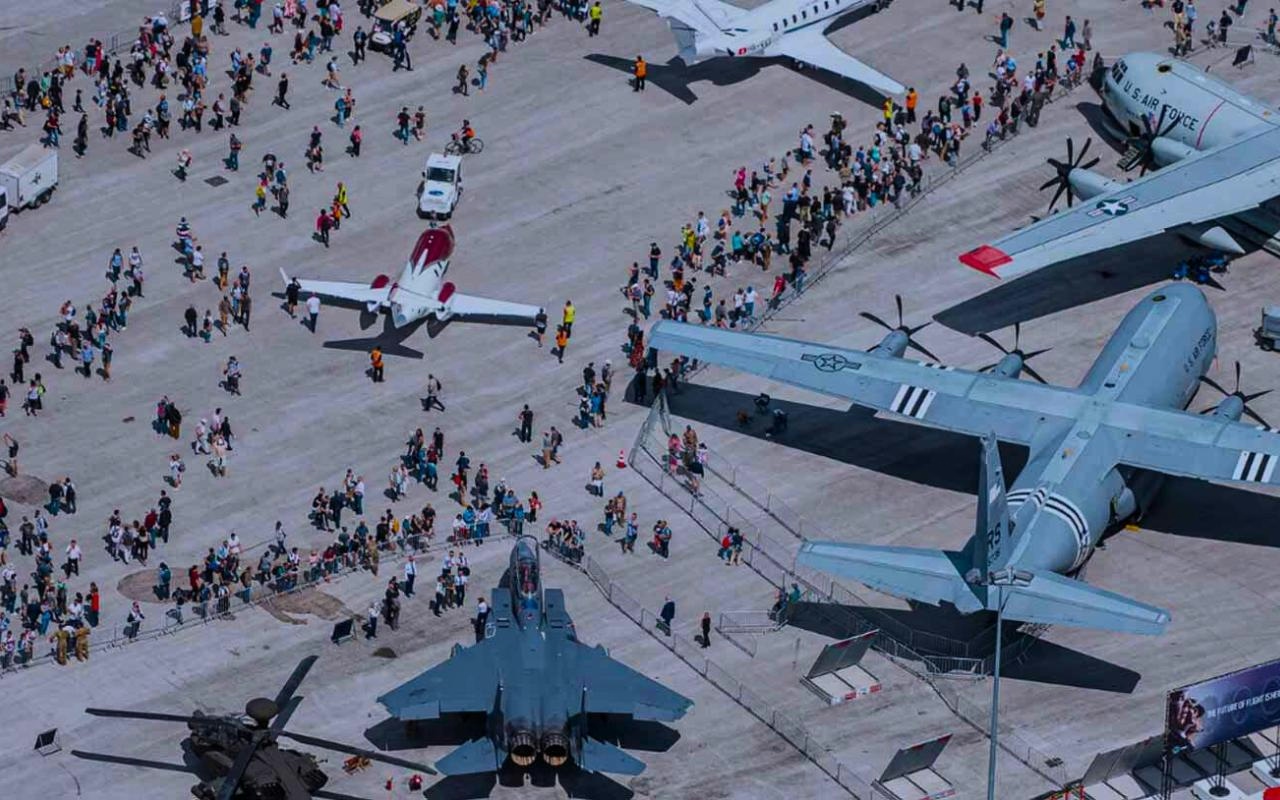
Dubai Airshow 2025 Reveals Main Agenda and Activities
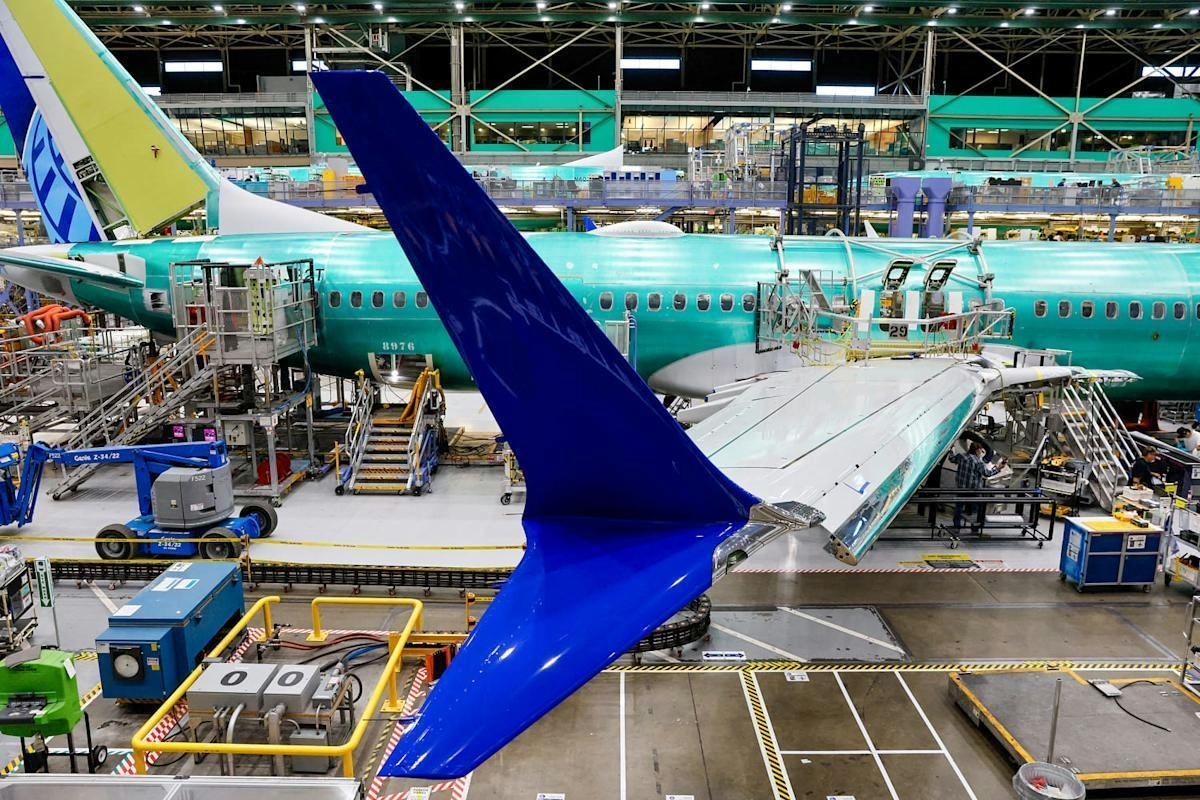
Willis Lease Finance: A Strategic Play in Aviation Leasing Amid Near-Term Volatility
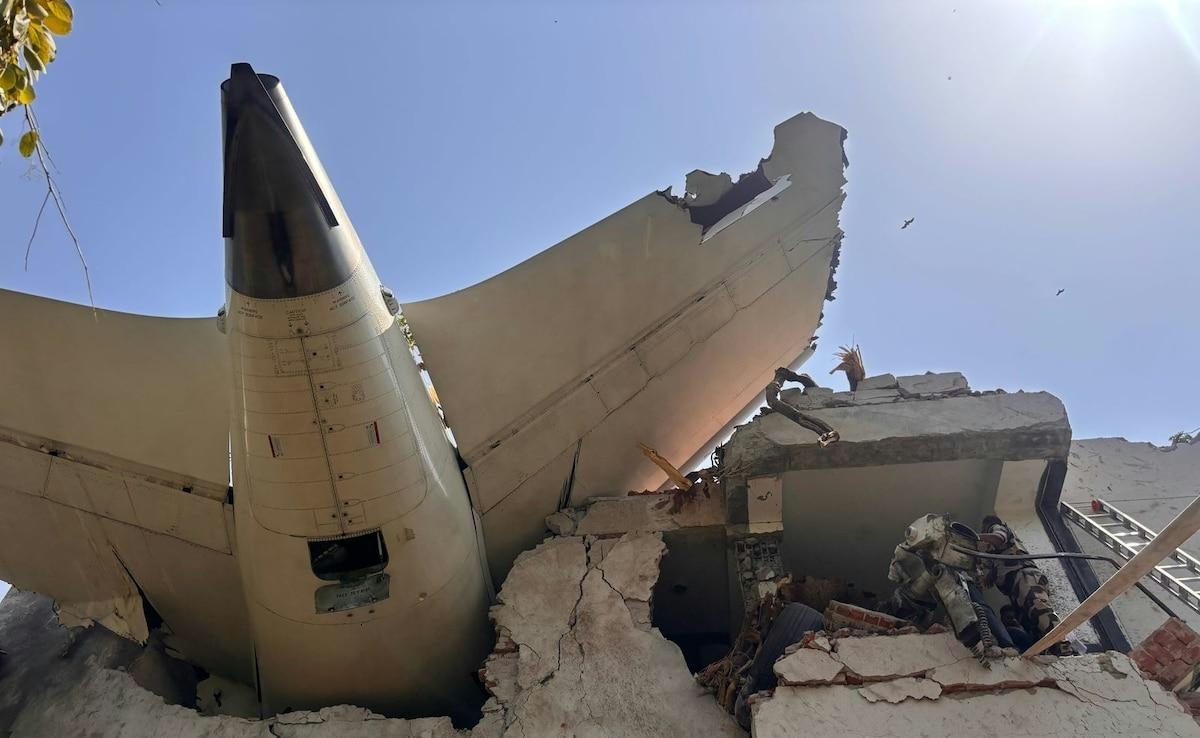
AI-Generated Content Spreads Misinformation After Air India Crash
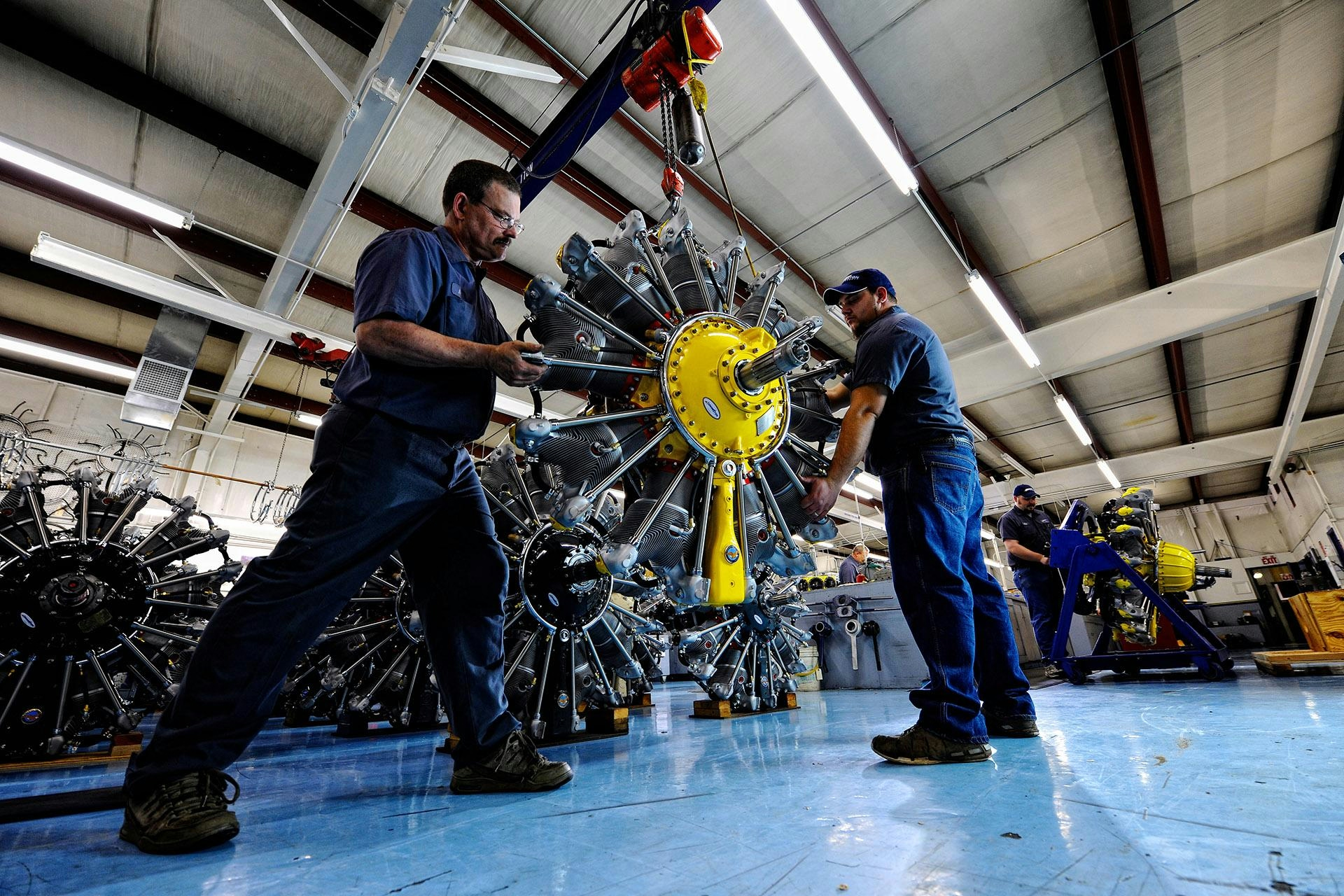
Covington Aircraft Engines to End Radial Engine Production in 2025

Yingling Aviation Named Authorized Honeywell Dealer
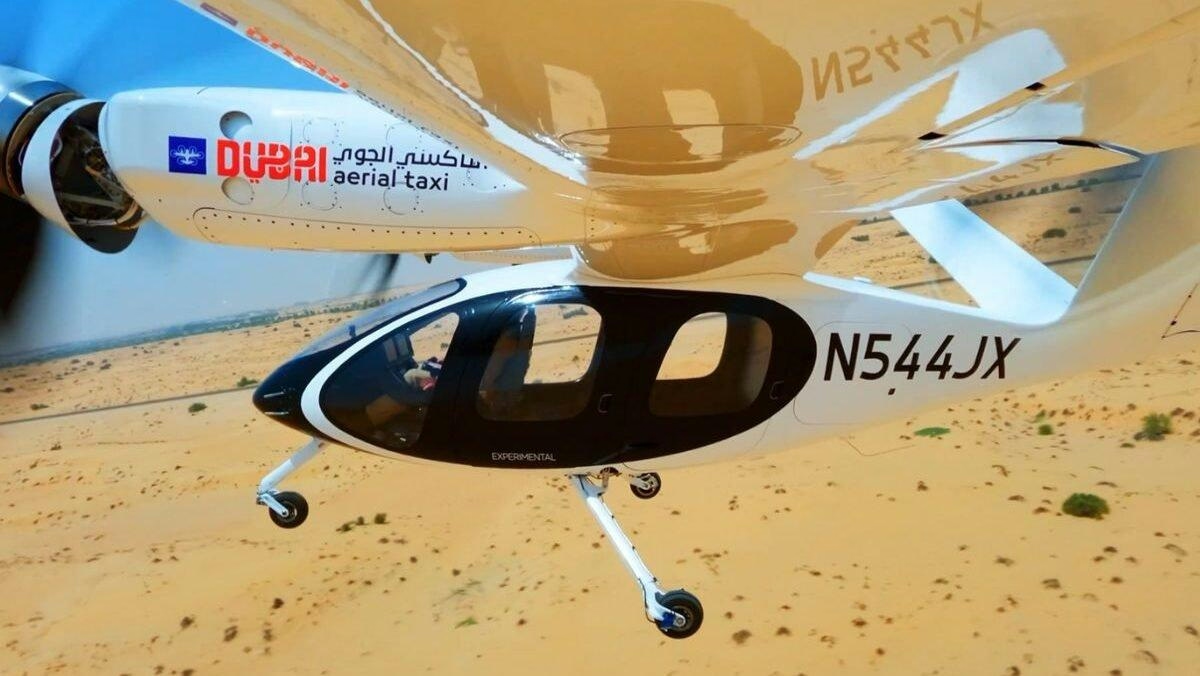
Does Joby Aviation's Milestone in Dubai Point Toward Further Growth?
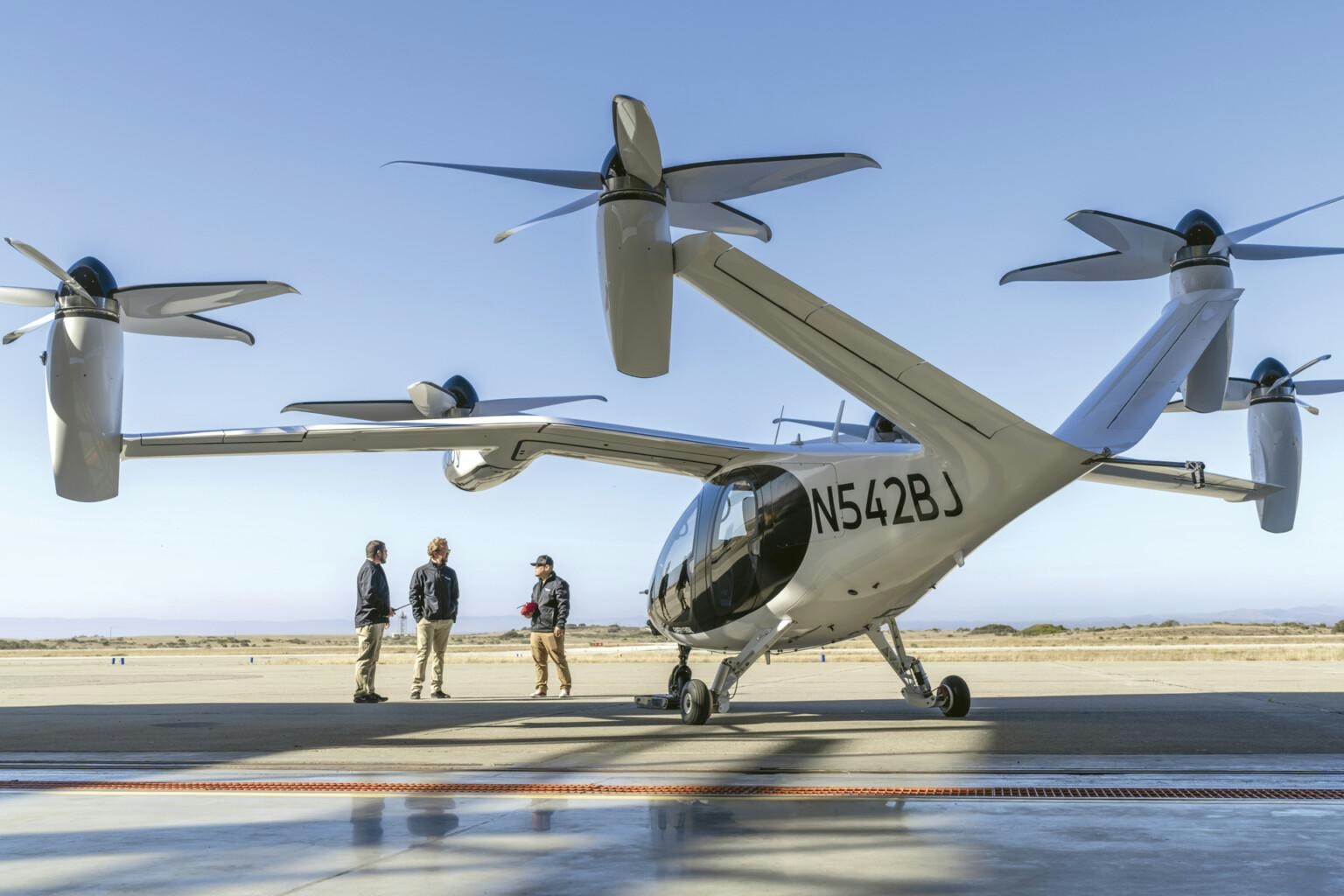
New Invention Promises to Eliminate Airplane Emissions in Country
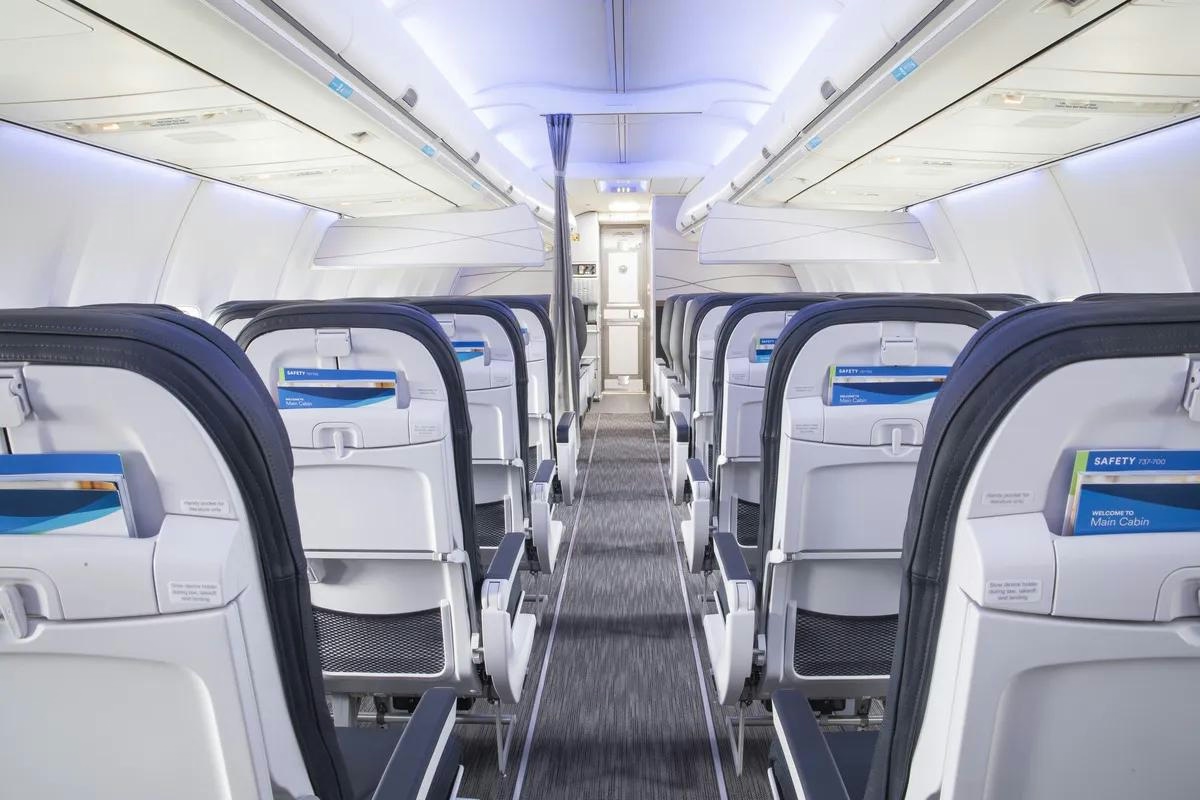
Key Questions on Chinese Travel, AI, and Airlines Answered by Skift
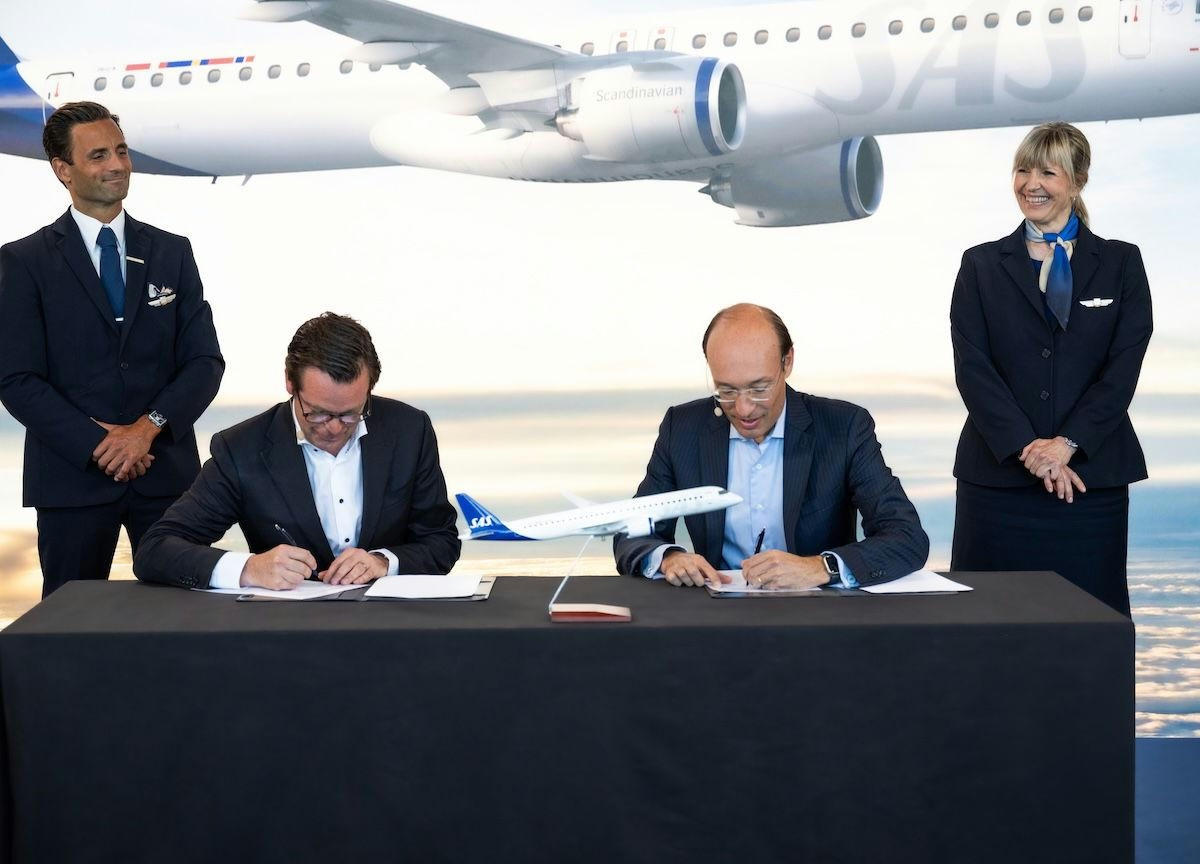
SAS Orders Up to 55 Embraer E195-E2 Jets
